Splinting Teeth Periodontal Disease
Splinting teeth periodontal disease. However there are patients for which extraction of a tooth is not the only option. Periodontal splinting can be practically and aesthetically beneficial for a patient. There are a couple main types of periodontal splinting including.
If multiple teeth have lost their strength due to periodontal disease they can be joined together like. This method adjusts the bite or occlusion how the teeth come together of the teeth by a minor. When advanced periodontal disease is present extraction of the affected tooth or teeth is recommended.
If you have active disease and the bone around the teeth is softened from inflammation simply bringing the disease under control through other types of periodontal disease management can make the teeth less mobile. A fibre ribbon splint is usually used which is tooth coloured and very comfortable. Intracoronal and extracoronal splints.
Three main types of splints are used to correct loose teeth including. Periodontal stabilization is possible by splinting the mobile teeth. For intracoronal splints a small channel is cut into a row of teeth on the inside of the patients mouth.
If a patients teeth are suffering from excess stress splinting can help prevent that as well. Periodontal stabilization splints are used to stabilize teeth which have become loose as a result of losing the supporting bone around them to periodontal disease a condition known as secondary occlusal trauma. However this will not treat a gum disease which was the cause of teeth become loose.
While splinting does not improve the prognosis of periodontally affected teeth it. The composite material allows for more support to weakened teeth by securing them to strong surrounding teeth. O Such devices serve to stabilize loose teeth to redistribute occlusal forces to reduce traumatism and to aid in the repair of the periodontal tissues o Permanent splints.
Periodontal Splinting is a form of treatment in which mobile teeth carefully splinted together therefore reducingeliminating mobility. They are removable appliances made from hard acrylic that will fit over the teeth.
Splints help stabilize teeth securing them in their appropriate place.
Occlusal trauma and dental mobility cause the aggravation of periodontal lesions. Intracoronal and extracoronal splints. However this will not treat a gum disease which was the cause of teeth become loose. While splinting does not improve the prognosis of periodontally affected teeth it. Treatment of extremely mobile teeth by splinting them before periodontal instrumentation and occlusal adjustment procedures. Benefits of Periodontal Splinting. Periodontal stabilization is possible by splinting the mobile teeth. They are removable appliances made from hard acrylic that will fit over the teeth. Introduction The finding in an Egyptian tomb of two teeth ligated by a gold wire is evidence that the treatment of periodontal disease and an attempt to save loose teeth has occupied the attention of those endeavoring to treat the oral cavity since the dawn of recorded history1.
Splints help delay and prevent tooth loss especially if a patient has loose teeth. A fibre ribbon splint is usually used which is tooth coloured and very comfortable. On the basis of the clinical data obtained in this research the authors suggest that the therapy by means of splinting improves the prognosis of teeth affected by periodontal disease. Maintaining a high level. Intracoronal and extracoronal splints. Splinting is used to eliminate movements in the healing area after periodontal surgery since micromovement of the surgical site may inhibit repair to take place in the healing area. Periodontal stabilization splints are used to stabilize teeth which have become loose as a result of losing the supporting bone around them to periodontal disease a condition known as secondary occlusal trauma.

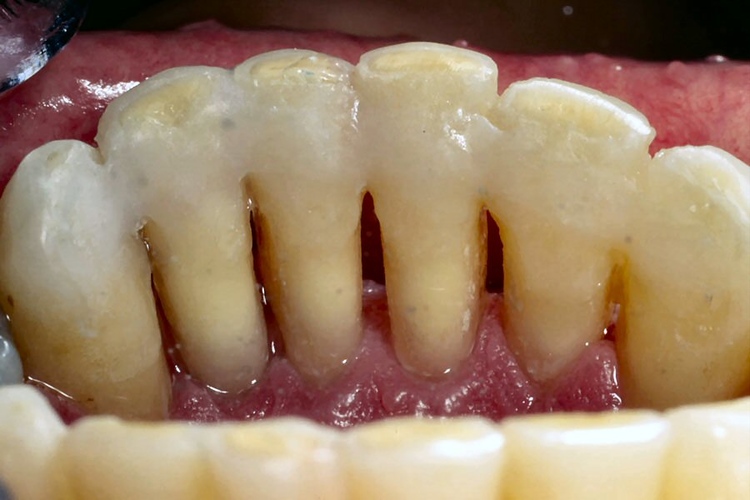

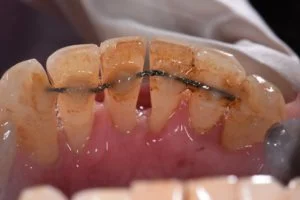

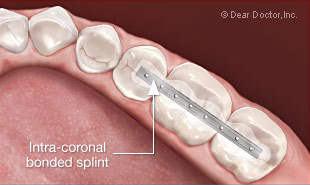

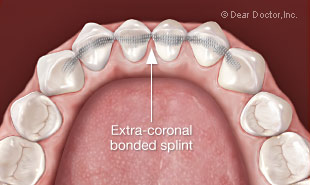




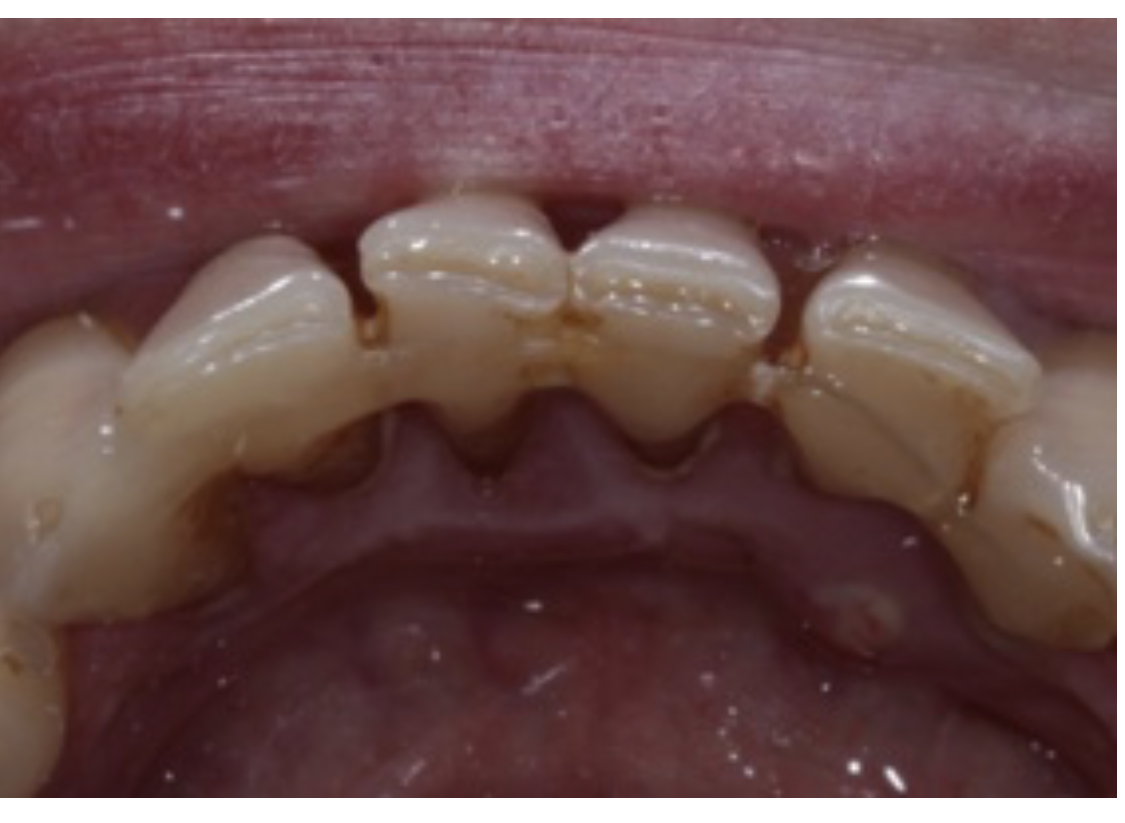




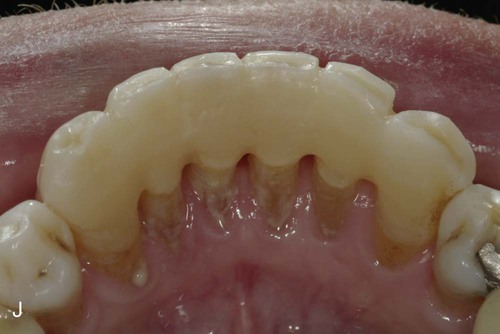










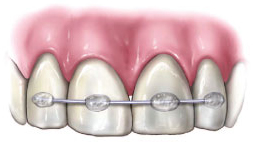

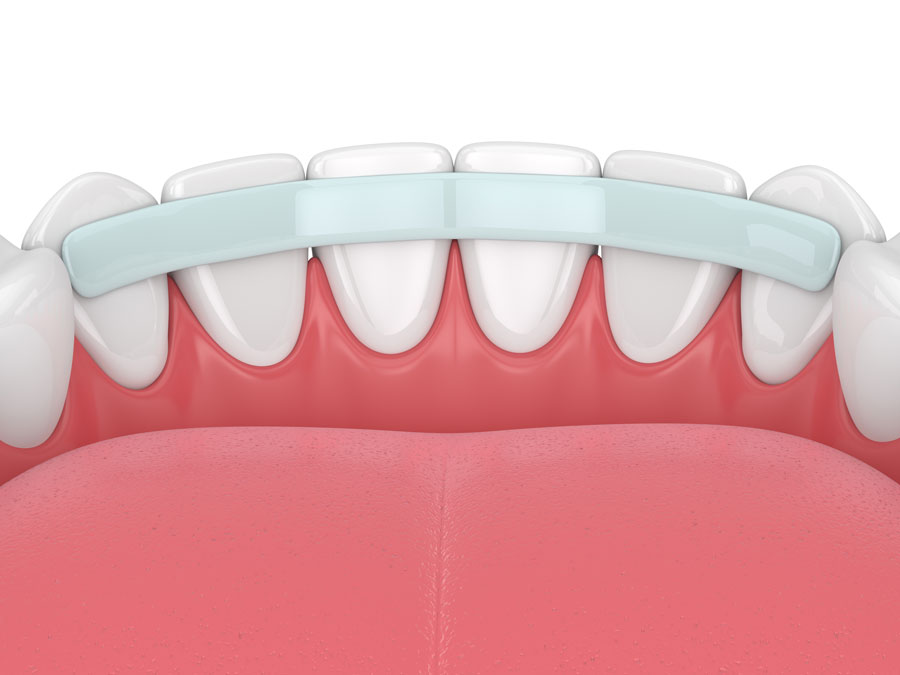
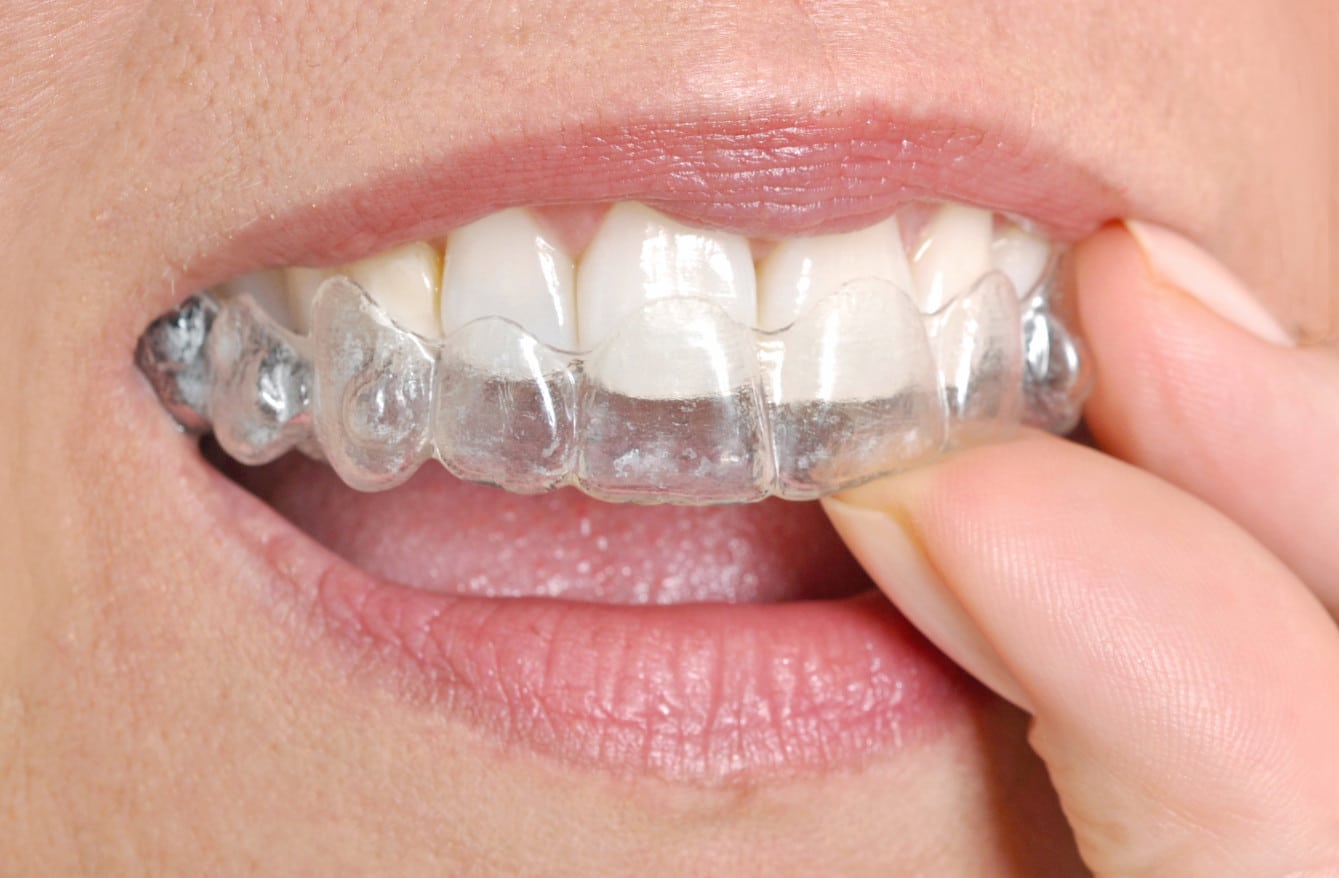
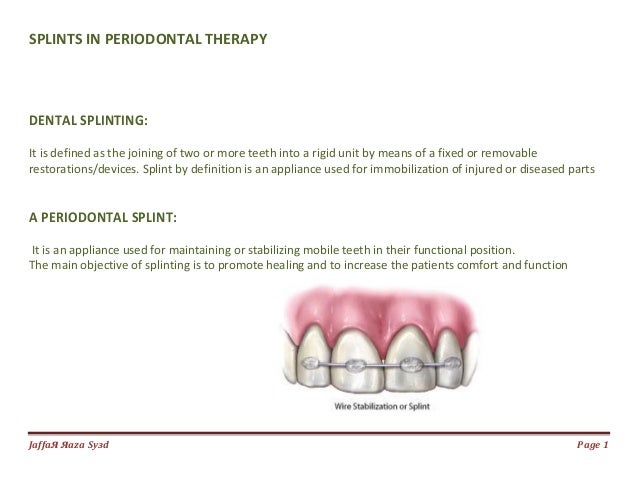




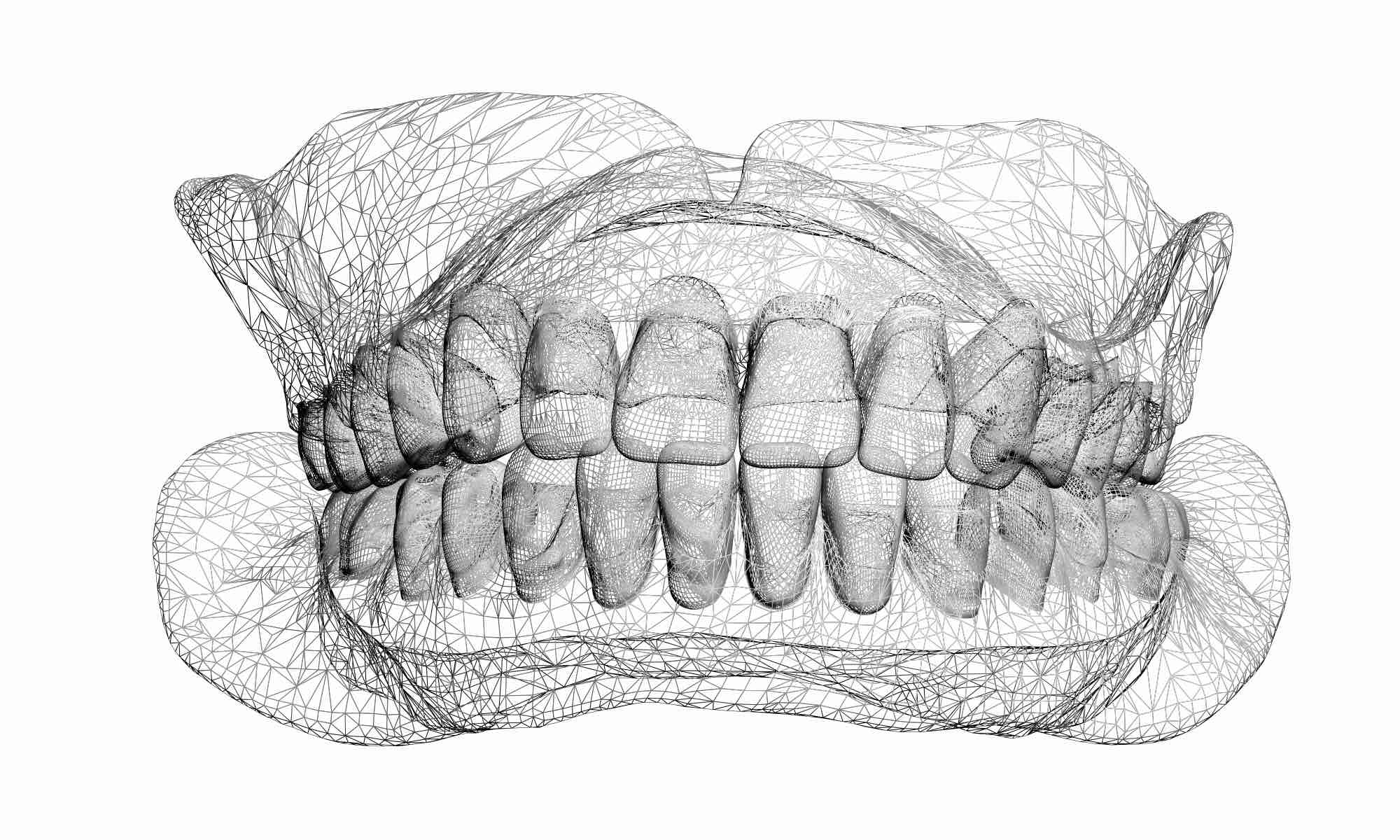


Post a Comment for "Splinting Teeth Periodontal Disease"